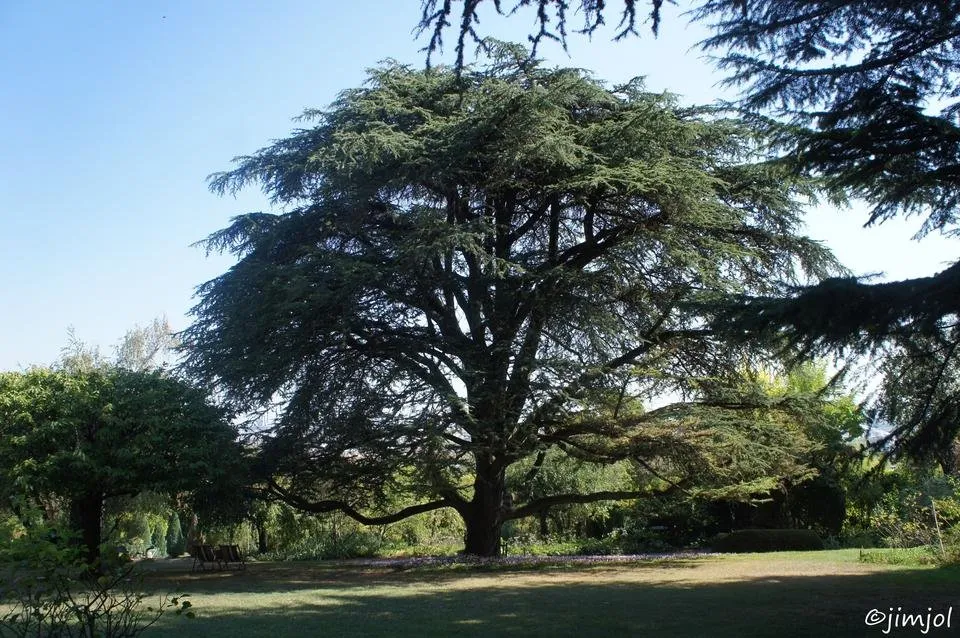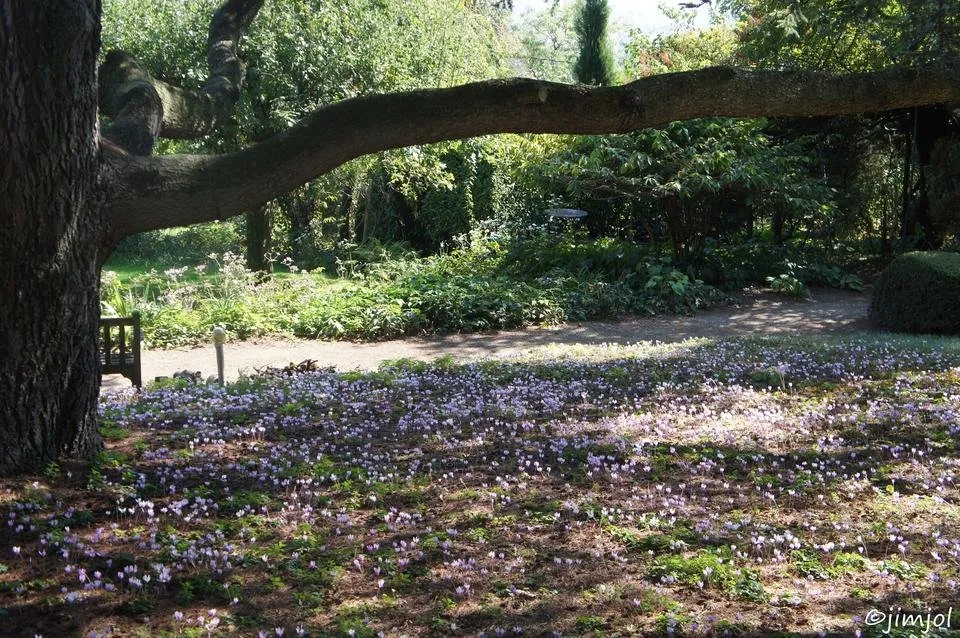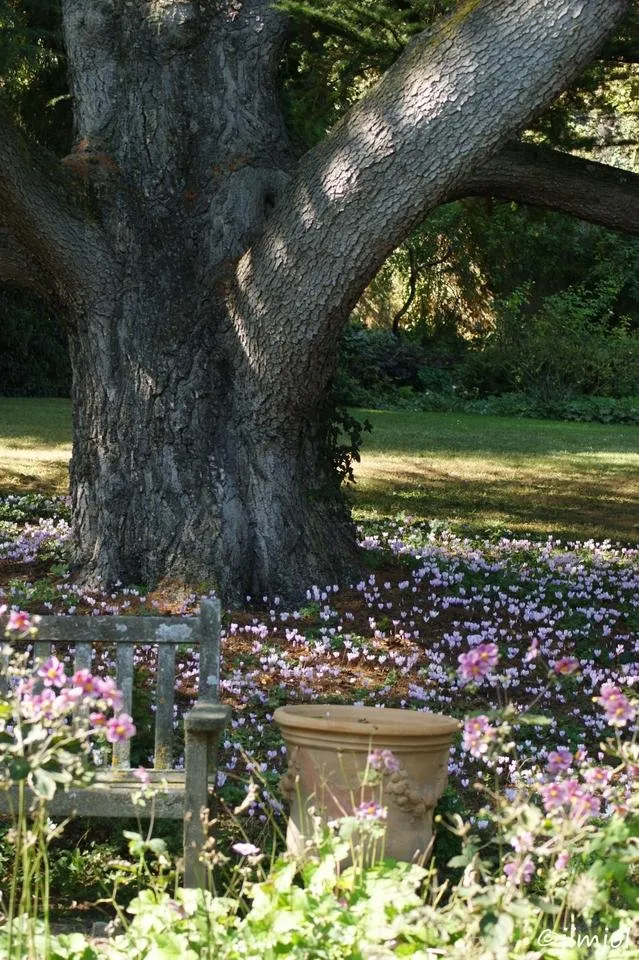
The Lebanese cedar or Mount Lebanon cedar differs from other cedar species in its conical development during its first thirty years, which later becomes tabular. The lower branches become almost horizontal and can become almost as large as the branches of the trunk. The largest of the trunks can reach 4.5 m in diameter, which corresponds to an age of 2,500 years, and up to 38 metres in height. Originally from Lebanon, Cedar wood has been exploited since antiquity for the construction of religious buildings, Phoenician, Assyrian, Roman and Egyptian ships, but it has also been used to make sarcophagi and tombs because of its resistance to moulds and termites and its rottenness.
Symbol of Lebanon, this tree is sacred and is mentioned in the three major monotheistic religions (Islam, Judaism and Christianity). The first Lebanese Cedar in Europe was introduced to England in 1630, and in France no Cedar was grown before 1734 until Bernard de Jussieu stole 2 stunted plants in England by hiding them in his hat. One of these two ancestors still grows in Paris today in the plant garden.
Lebanese cedar can grow up to 1,200 metres above sea level, in association with other conifers. It is not very demanding on the soil, but prefers sunny situations and fears stagnant humidity. It needs a mixture of sandy soil. Alphonse de Lamartine, Antoine de Saint-Exupéry, Gibran Khalil Gibran and many others have celebrated this majestic tree in their writings.
For more information :
http://nidish.unblog.fr/2009/11/03/histoires-des-cedres-du-liban-en-europe/
https://fr.wikipedia.org/wiki/C%C3%A8dre_du_Liban
https://www.futura-sciences.com/planete/definitions/botanique-cedre-liban-9530/
Translated with www.DeepL.com/Translator
Le cèdre du Liban ou Cèdre du Mont Liban se distingue des autres espèces de Cèdres par son développement conique durant ses trente premières années, qui devient tabulaire par la suite. Les branches basses deviennent presque horizontales et peuvent devenir presque aussi grosses que les ramifications du tronc. Les plus gros des troncs peuvent atteindre 4,5 m de diamètre, ce qui correspond à un âge de 2 500 ans, et jusqu'à 38 mètres de hauteur. Originaire du Liban, le bois de Cèdre a été exploité dès l'antiquité pour la construction des bâtiments à caractère religieux, des bateaux phéniciens, assyriens, romains et égyptiens mais il a aussi servi à la confection de sarcophages et de tombeaux de par ses qualités de résistance aux moisissures et aux termites et son imputrescibilité.
Symbole du Liban, cet arbre est sacré et est mentionné dans les trois grandes religions monothéistes (Islam, judaïsme et christianisme). Le premier Cèdre du Liban en Europe à été introduit en Angleterre en 1630. En France aucun Cèdre ne poussait avant 1734 jusqu'à ce que Bernard de Jussieu ne dérobe 2 plants chétifs en Angleterre en les cachant dans son chapeau. L'un des ces 2 ancêtres pousse encore à Paris aujourd'hui au jardin des plantes.
Le cèdre du Liban peut se développer jusque 1.200 mètres d'altitude, en association à d'autres conifères. Il est peu exigeant pour le sol, mais préfère les situations ensoleillées et craint l'humidité stagnante. Il a besoin d'un mélange de sol sablonneux. Alphonse de Lamartine, Antoine de Saint-Exupéry, Gibran Khalil Gibran et bien d'autres ont célébré cet arbre majestueux dans leurs écrits.
Pour plus d'informations :
http://nidish.unblog.fr/2009/11/03/histoires-des-cedres-du-liban-en-europe/
https://fr.wikipedia.org/wiki/C%C3%A8dre_du_Liban
https://www.futura-sciences.com/planete/definitions/botanique-cedre-liban-9530/


Thanks to @old-guy-photos for this amazing challenge #treetuesday